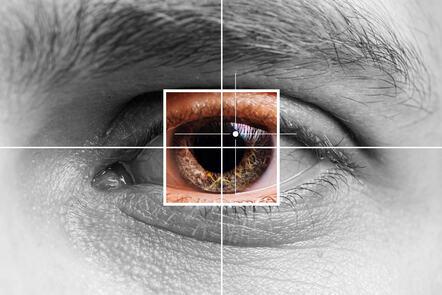MOOC List is learner-supported. When you buy through links on our site, we may earn an affiliate commission.

MOOC List is learner-supported. When you buy through links on our site, we may earn an affiliate commission.
Explore eye anatomy and physiology
Examining what can be learned from measuring pupil dilations, you’ll reflect on what pupil dilation can tell us about our emotions, our mental efforts, and more.
You’ll then move on to the anatomy and physiology of the eye, delving into eye structure and the neuroscience of pupils.
With this introductory knowledge, you’ll be confident in eye control and reactions, and begin to identify some of the insights that pupillometry can deliver about the human body.
Identify methods of pupillometry and eye tracking
For over a century, eye tracking has been used to measure gaze and monitor behaviour.
You’ll discover how technology has advanced eye tracking and gaze analysis. You’ll then move on to methods in pupillometry, learning how to gather quality data and gaining an overview of baselines and statistics.
Investigate the use of pupillometry in different disciplines
Having explored both eye tracking and pupillometry in isolation, you’ll then examine multidisciplinary pupillometry research approaches and their varied applications.
You’ll discover its use in musicology, developmental psychology, and psycholinguistics, and reflect on the ethical and legal implications of such research.
By the end of this course, you’ll have an overview of pupillometry and eye tracking. You’ll have the skills to plan your own research, considering the technical, ethical, and managerial aspects of gathering pupillometry data.
Syllabus
Week 1: Welcome to the course
Week 2: Biology, anatomy and physiology of the eye
Week 3: The eye-tracking method
Week 4: The pupillometry method
Week 5: Multidisciplinary pupillometry research
Week 6: Data management and ethical aspects
What will you achieve?
By the end of the course, you‘ll be able to...
- Describe the neural system behind the pupil response to light
- Reflect on the relevance of using pupillometry in different fields of research
- Compare stationary versus mobile eye-tracking systems in relation to pupillometry
- Identify some of the challenges in working with pupillometry
- Explain possible ethical issues that are related to pupillometry in human participants
- Design a simple pupillometry experiment related to psychological research
- Calculate the most relevant measures in different pupillometry applications
- Contribute with a unique pupillometry study project
- Explore the way the pupillary response has influenced scientific theories and the arts
- Explain the meaning of the pupil as an index of mental activity or effort
Who is the course for?
This course is designed for students and researchers who want to further their knowledge of pupillometry.
This course will benefit those working or studying in a number of fields, from psycholinguistics to musicology, where the applications of pupillometry are currently being investigated.
MOOC List is learner-supported. When you buy through links on our site, we may earn an affiliate commission.
MOOC List is learner-supported. When you buy through links on our site, we may earn an affiliate commission.
